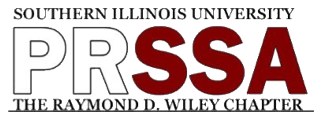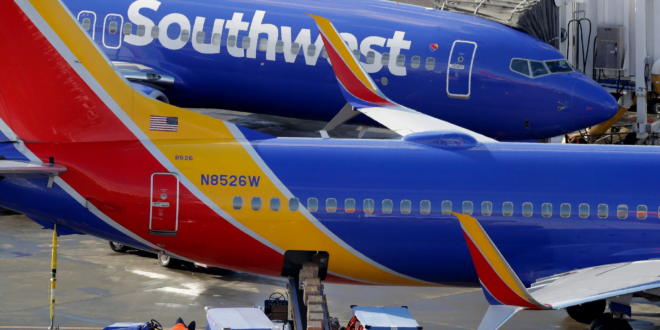In past years, there have been many learning opportunities for PR professionals. The greatest way to learn a new skill is via experience in real-world scenarios. Short of in-Person experience, PR professionals use past examples of PR crises. Observing how PR professionals of the past, mitigate and reframe crises can help with formulating current PR strategies.
On April 17, 2018 one such opportunity came about. Southwest Airlines flight 1380 experienced a catastrophic accident. One of the engines exploded killing one passenger. Obviously, this is an extreme case of PR in action. This kind of disaster demands an immediate PR response from the responsible parties. In this scenario it is easy to see how certain approaches might be perceived as insensitive or inappropriate. The high stakes of this scenario offer a rare insight into a crisis all PR professionals may encounter, at least in microcosm.
So, what did Southwest’s PR team do? Firstly, the team was aided by the professionalism of the crew on board. By all accounts, they performed their duties in a calm and efficacious manner. No further casualties were incurred after the immediate explosion. Southwest took the following steps:
- After an emergency landing, passengers were offered trauma counseling, travel means and medical attention.
- Within a two-day period, the CEO, Gary Kelly, made a concise public apology to the passengers and families.
- Southwest pulled all advertising from social media.
- Passengers were reminded via email, phone call and physical written notes slipped under hotel doors that counseling was available 24 hours a day.
- Passengers received $5,000 as an act of contrition from Southwest.
Southwest’s Social media team went into overdrive in their monitoring of online mentions of Southwest and the incident. The vigilance of the social media team allowed for flexible implementation. The repeated reassuring of victims that they had access to support, and resources to help them through the trauma, avoided claims of insincere public posturing. The removal of advertisements avoided claims of insensitivity. Despite their efforts Southwest did end up settling out of court with one passenger on a suit related to PTSD, originating from the incident. The next quarter of that year was also poorer than average. No class-action or further litigation occurred. Additional information relating to this story can be found at prnewpros.prsa.org/southwest-airline-flight-crisis-case-study/.
All these actions could have backfired, certainly doing nothing at all would be seen in a worse light. Excellent messaging regarding the heroism of the crew, may even reassure future Southwest customers. This story contrasts to the poor PR response of Boeing. Several accidents aboard 737 Max airliners were blamed on pilot error despite later being revealed to have been a defect in the plane’s automatic safety systems. The FAA had to step in and force Boeing to make safety changes after an Indonesian flight was lost, and a later crash which killed all 157 passengers. Flight 1380 illustrates the importance of getting in front of a crisis, setting up good practices, and keeping in mind public and private perceptions.
 SIU PRSSA Southern Illinois University Public Relations Student Society of America
SIU PRSSA Southern Illinois University Public Relations Student Society of America




